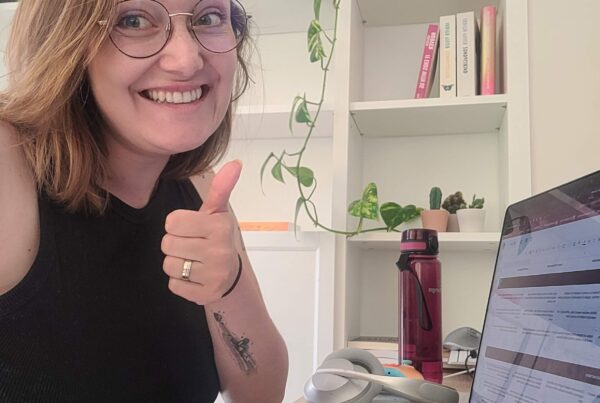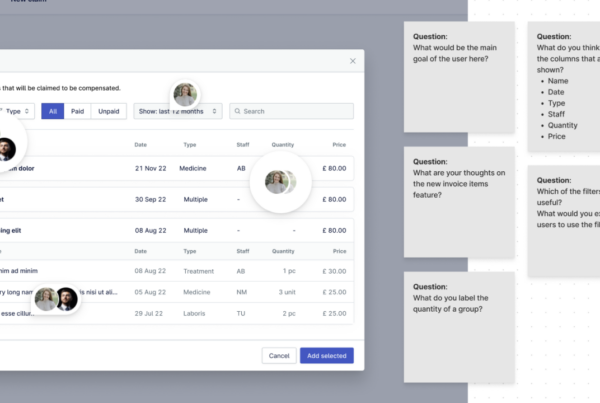Often you hear companies say: no we shouldn’t ask the user what they want. And I agree with that statement. Asking your user what they want will lead to an ‘i don’t know.’ or another obvious answer. Their answers will not give you the answers you need, nor will they lead to a brilliant design idea.
However, involving your users in your design process can be a good thing. At least when it’s conscious and well thought out.
For example. When I was doing research into the development of a game to teach social skills to people with autism I wanted to involve the users in the design process. Now, I wasn’t going to ask them directly what they wanted in a game. They are not designers so how would they know? But they are experts on their autism. And as much desk research, I can do to learn about the scientific meaning of autism, the experiences of the user are much more than that. They are unique. Which is why you need to involve the user in your design process.
What did I know about my user?
After a lot of content research, on how people with autism develop and what learning methods suit them, I learned that I needed to focus on strength-based learning. This meant that the game I was developing needed to utilize the strengths of the autistic player.
Many apps and interventions for autistics aim at teaching them to be more like neurotypical people. Research showed me that this doesn’t work and thus the game needed to focus on the strengths of autistic people. Because when the user utilizes their strengths, learning and developing become easier.
Now I had a research objective: find out what the strengths are of autistics.
Finding the right type of research
With a specific target audience such as this one, you need to be smart about how to learn more about them. For example, when interviewing people with autism they often try to give the ‘right’ answer, which leads to inconclusive results. Simply asking, ‘what are your strengths?’ can be a loaded question that many autistics find hard to answer. This user needs time to think about their answers.
So a survey could be useful right? Sure, but a survey needs carefully crafted questions, and with autism that could leave lots of room for interpretation. Besides, I was looking for qualitative data, and surveys are often better used for quantitative data.
What is important to keep in mind is that you don’t just need a research goal to define your method. You also need to understand your user to know what the right research method is.
Involving your user in the design process
I needed to involve the user in my process to better cater to their needs with this game. I organized an online co-creation session that would help me find the answers I was looking for.
First I did online research about common strengths and posted questions on /r Autism, and Instagram. I analyzed existing games that use strengths, abilities, or talents. This research gave me background information on people’s talents.
Secondly, I made a Padlet board online to which I posted these strengths. Things like performing, art, analytical thinking, etc were all posted on this board.
Thirdly, I crafted 3 questions that the target audience could fill in underneath each of these strengths.
- What does this strength mean to you?
- How do you think people would use this strength?
- What would this strength look like in a visual?
Within a week, the board was filled with answers and images and I had valuable data.

Why did this work?
Online co-creation let the user remain anonymous and gave them plenty of time to think about their answers. They could take breaks in between and come back to it later. In understanding my user, I was able to define a research method that would give me the qualitative data I needed.
The other benefit of this research method was that it didn’t need any moderation, which meant I could continue other parts of the research.




